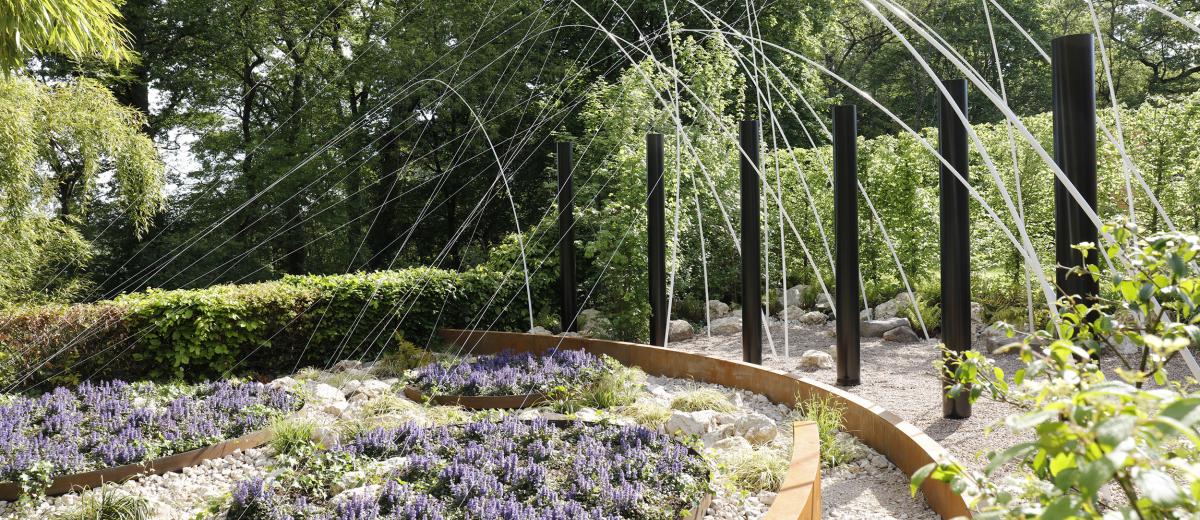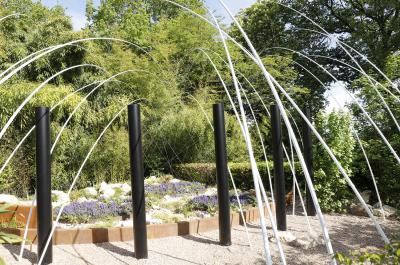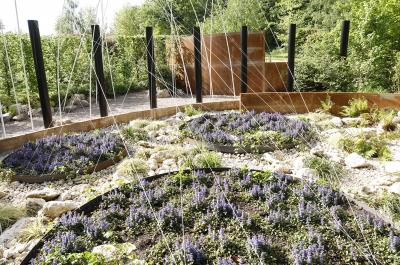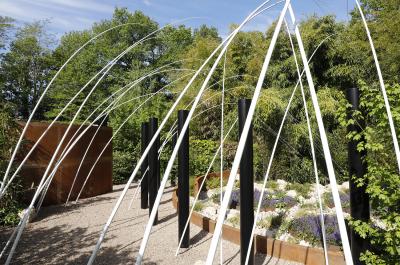During the Joseon period (1392-1897) in Korea, the political majority used exile as an ultimate form of punishment, intended for anyone who opposed its ideas and values. Instead of being punished by forced labour, exiles had to spend their time, possibly even the rest of their lives, confessing their crimes in isolation. They included a number of artists and thinkers who have bequeathed us some unique cultural and literary works. Descriptions of the act of fishing are given considerable space in this “literature of exile”, but more than just catching a fish for food, this is a symbolic form of fishing, aimed at catching time and thoughts.
The garden takes up this image and is divided into two areas, the first being a narrow space representing exile and the second the garden of thoughts of those in confinement. The heavily bent fishing rod expresses the desire for freedom, while the fishing line, extending towards the outside world, represents a string of thoughts.
DESIGNER
Youngjun KIM, landscape architect
SOUTH KOREA
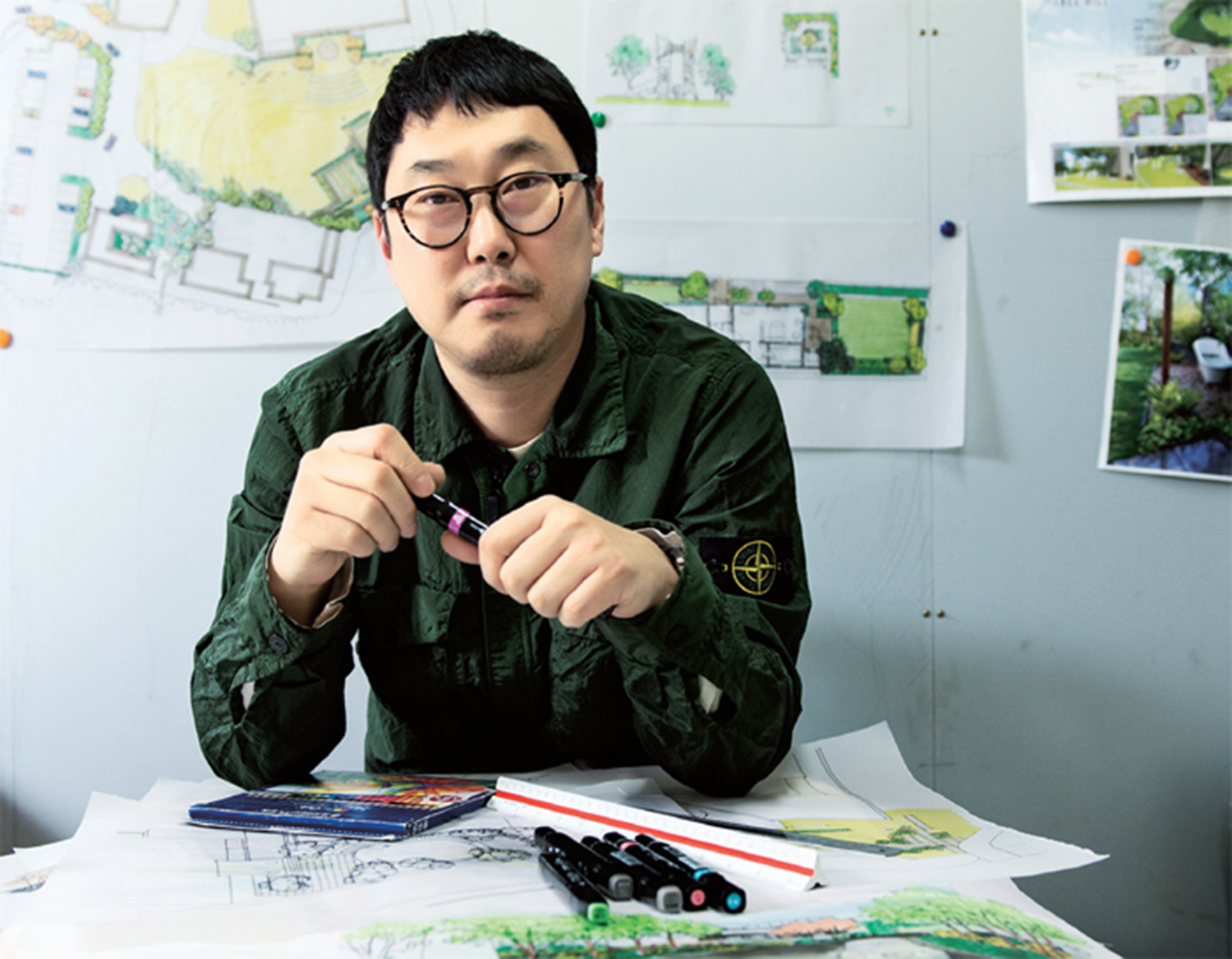
When Youngjun Kim first got into University, he majored in food engineering. Soon after, he lost interest and transferred to landscape design, which he found much more interesting. After completing a graduate school, he'd had lots of experience in the field and finally established his own company. He's designed a variety of landscape and he has a principle of doing the entire project himself especially for the small parks and the private gardens. When it comes to landscaping, delicacy and details in construction is very important, and the only person who can implement it best is the designer himself. It's unfortunate that the landscape design and construction are separated in the Korean landscaping industry. Therefore, he always tries to be involved in the construction to express the intention of his design.
